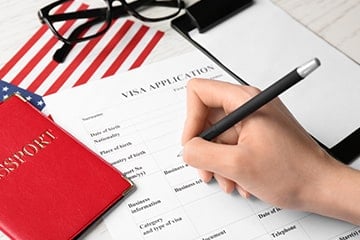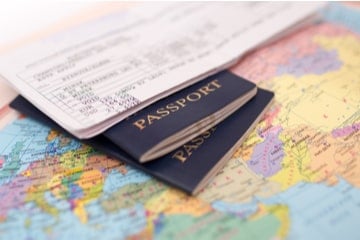Does travel insurance cover trekking and hiking?
When it comes to travel insurance, trekking and hiking are often considered high-risk activities. That means your standard holiday insurance might not cover them. Instead, you might need a policy add-on, or specialist cover.
Whether or not you're covered can depend on the altitude you're planning to hike, or the distance you'll be trekking. It's important to check your policy documents to make sure you're getting an appropriate policy. This will give you peace of mind while you're exploring the great outdoors.
Are trekking and hiking the same?
While the terms are often used interchangeably, there's a slight difference.
-
Hiking usually refers to shorter walks on marked trails
-
Trekking tends to involve longer distances and often ventures off the beaten path
So, if you're planning an adventure, make sure you know the difference—and that your insurance does too!
How do I get the best travel insurance for trekking or hiking?
-
Compare quotes and shop around: Don't settle for the first policy you find. Comparing policies from different providers can help you find the best deal with the right cover.
-
Read the policy details: Always read the fine print. Make sure your policy covers the activities you'll be doing, including trekking at the altitudes you plan to reach.
-
Consider other policy types: Depending on your plans, it might be worth comparing annual travel insurance to see if it works out cheaper than multiple single-trip travel insurance policies.
-
Check cover limits: If you're bringing expensive equipment, ensure your policy offers adequate cover in case of loss, theft or damage.
-
Check what activities you're covered for: If you're planning to do more than just trekking or hiking, make sure your policy covers all the activities you want to do.
-
Ensure there's appropriate medical cover: Make sure the policy provides sufficient medical cover for the country you're travelling to. Especially if you're heading somewhere remote or high-altitude.
What our travel insurance expert says
How to compare travel insurance quotes
Fill out our quote form
We'll do the hard work
Compare policies
Frequently asked questions
Do you have any other tips for trekking and hiking?
When it comes to staying safe, it's always best to follow the advice of local guides and authority figures. But, here are some of our top tips for staying safe:
-
Know your own limits: Don't push yourself too hard. It's important to recognise when to take breaks or turn back if conditions become too challenging.
-
Check the weather beforehand: Always check the forecast before setting out. Weather can change quickly, so be prepared for all possibilities.
-
Pack the right equipment: Bring essentials like maps (in case your GPS loses signal), a first-aid kit, and enough food and water to keep you going.
-
Wear the right clothing and shoes: Dress for the conditions - layers are great for changing weather, and sturdy, comfortable shoes are a must.
-
Let people know where you're going: Always inform someone about your plans, including your route and expected return time. It's also important to thoroughly research your route in advance.
-
Acclimatise to the altitude: If you're trekking at high altitudes, give yourself time to adjust to avoid altitude sickness.
-
Use a group or tour guide: If you're new to the area, consider trekking with a group or guide.
Need more help with your trekking and hiking trip?
Explore other types of travel insurance
Our service is free and compares a wide range of trusted household names. Confused.com is an intermediary and receives commission from theidol.com if you decide to buy through our website which is based on a percentage of the total annual premium. We pride ourselves on impartiality and independence – therefore we don't promote any one insurance provider over another.







